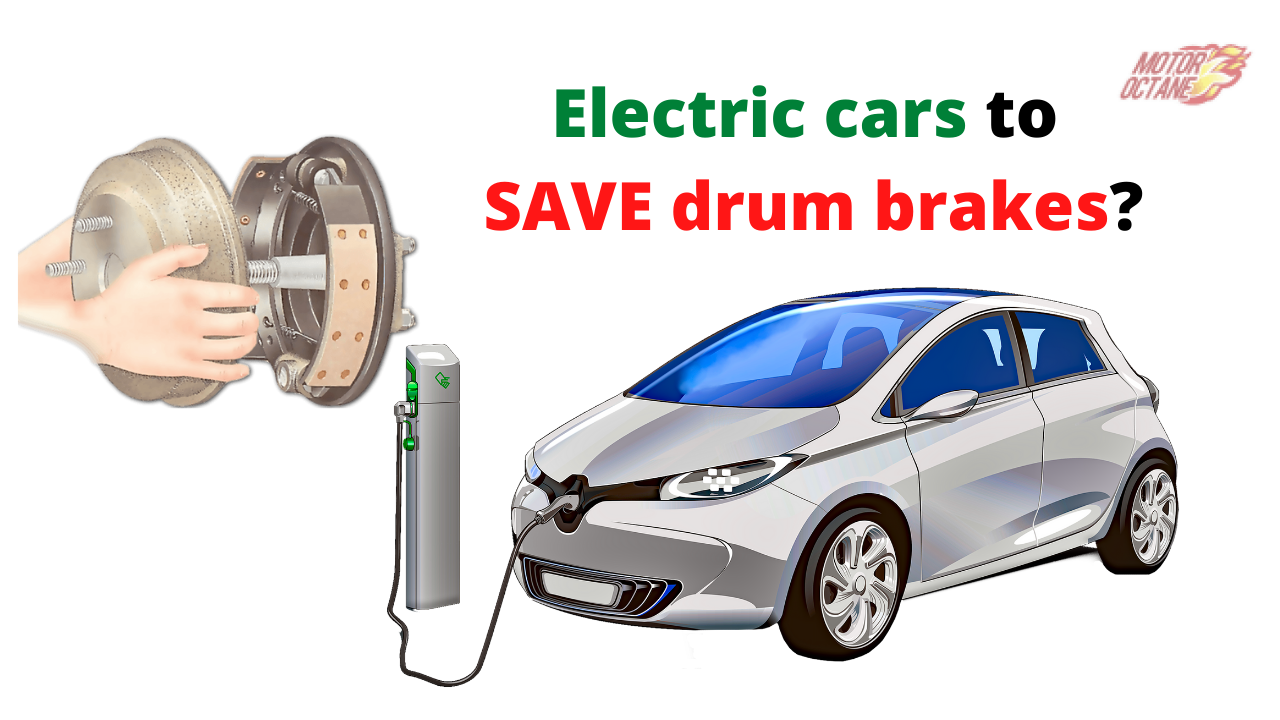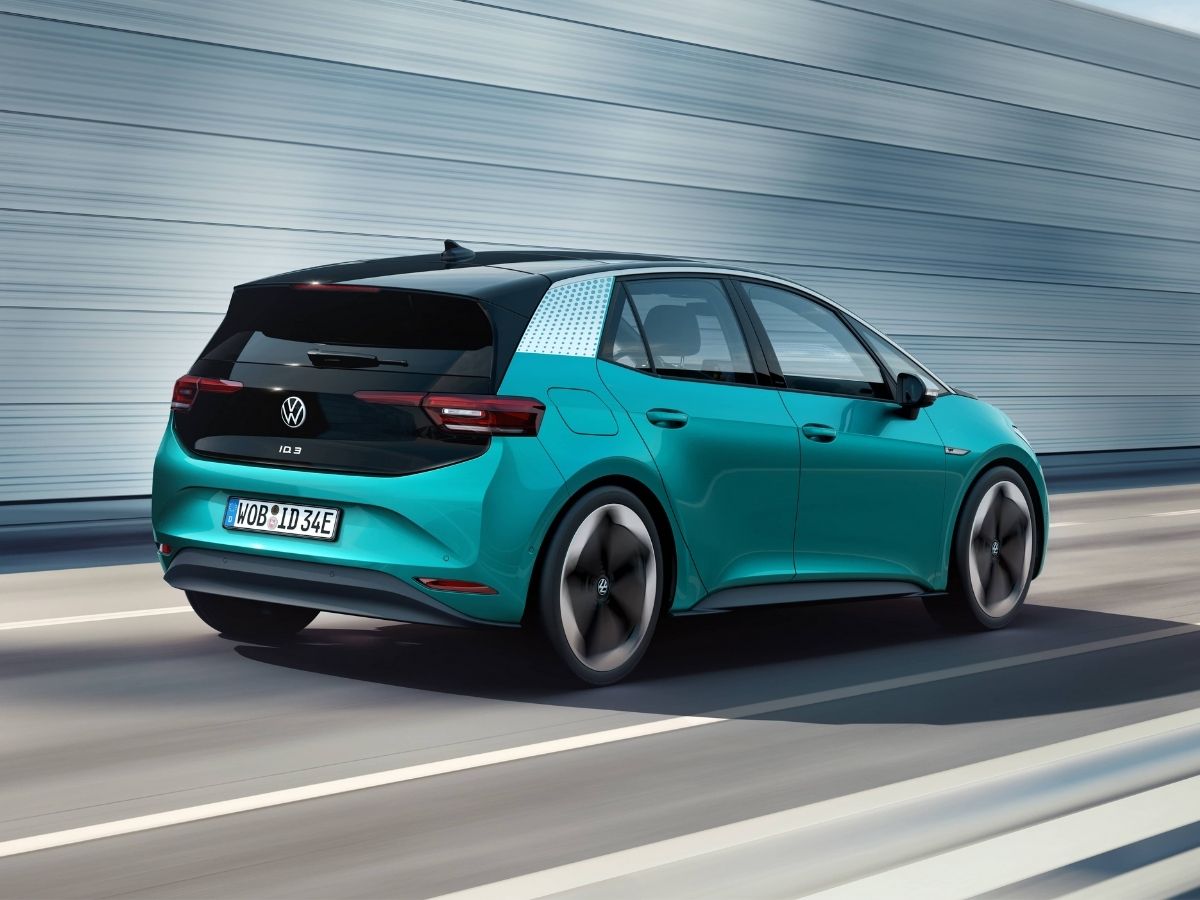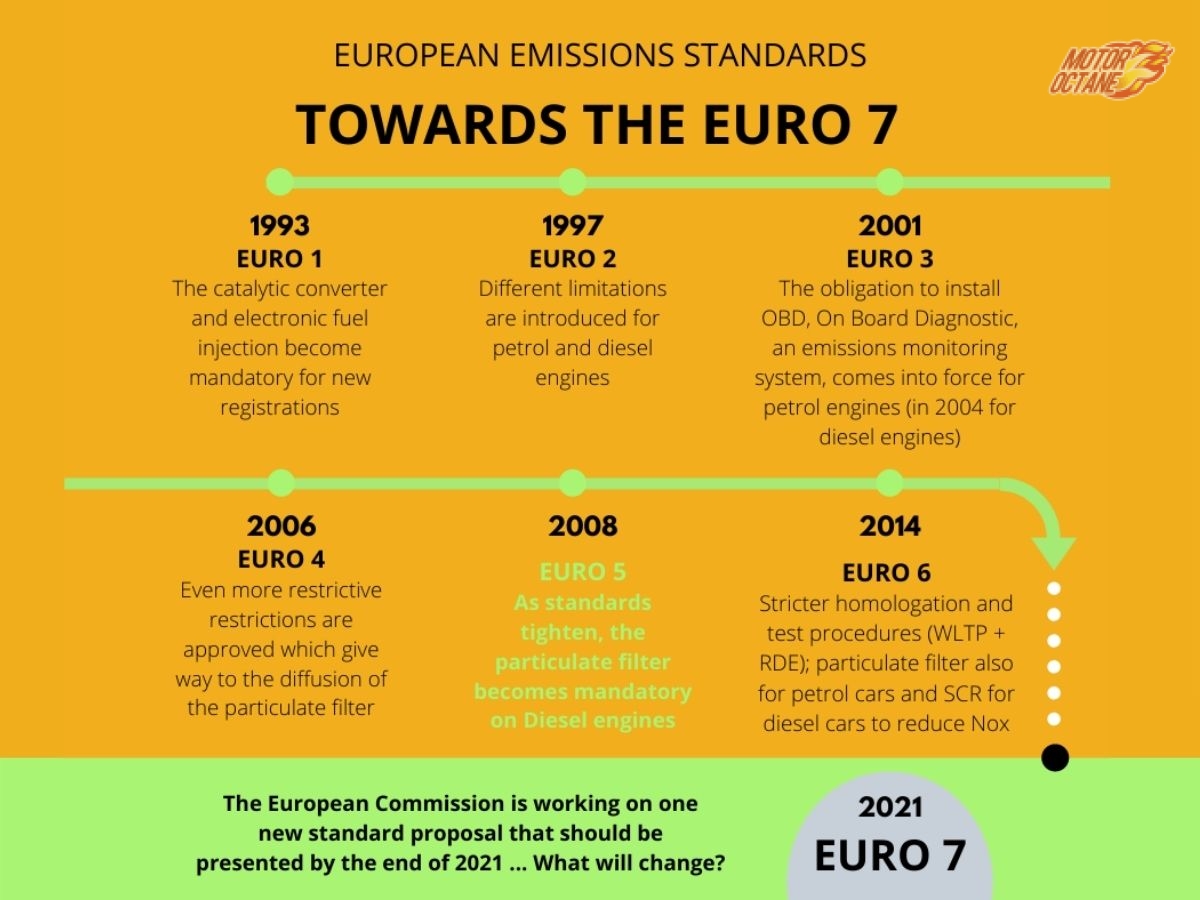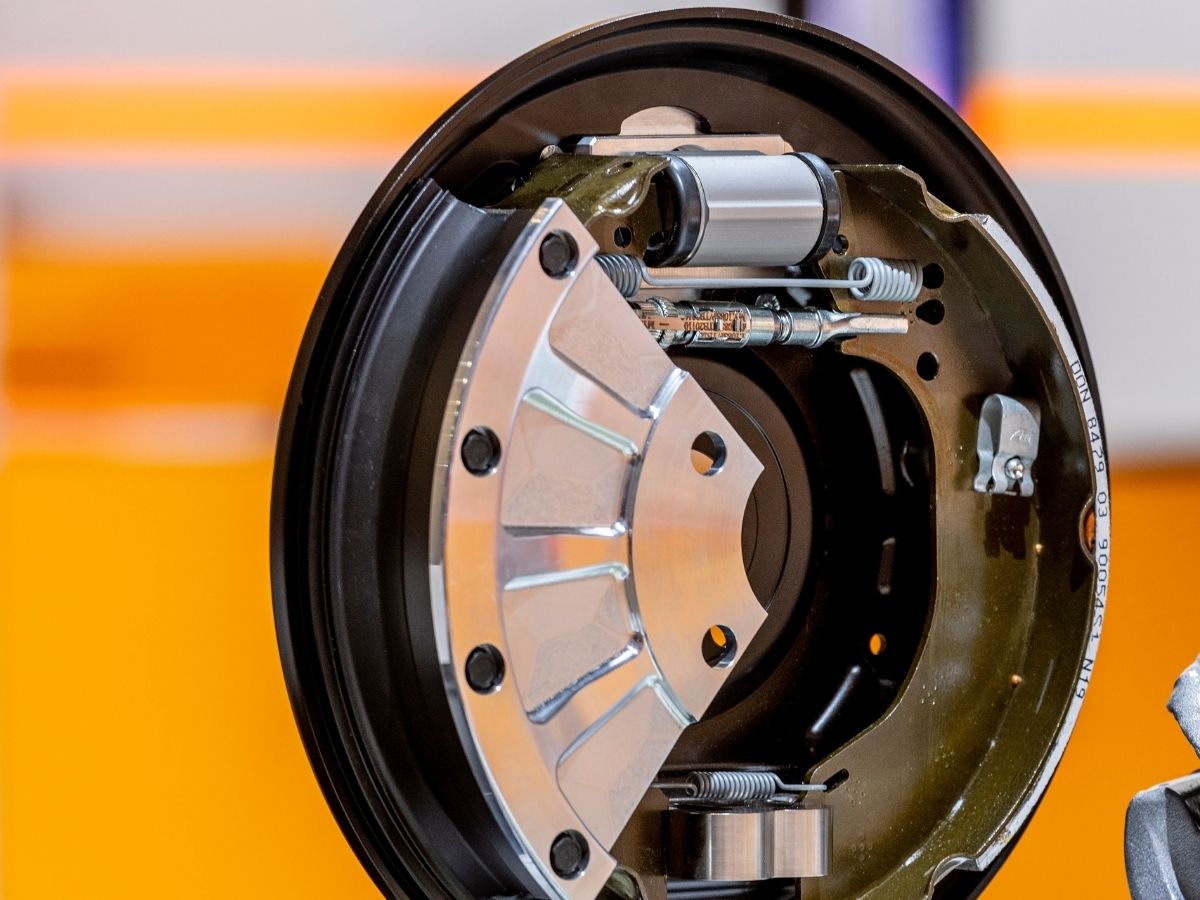Electric cars to bring back drum brakes

Drum brakes have become a thing from the past as now they are seen only on MPVs, small cars and some old generation vehicles in 2021. So how can electric cars bring back drum brakes? In this article, we discuss how electric vehicles could revive the almost extinct braking system – drum brakes.

The concept of regenerative braking changes the game in favor of drum brakes. When you lift your foot from the accelerator in an electric car, the motors turn into dynamos. Instead of converting all the energy utilised in getting up to speed into heat and brake dust, regenerative braking feeds some of the energy back to the battery to help make the battery go some extra range.
This is a smart way to go further on a charge, this lets the EV owner do most of their city driving less tedious. One thing is for sure the brakes in an EV need to be engineered differently.
EV brakes can be smaller and lighter as less heat will be put through them. The brakes need to be corrosion-resistant so that they won’t get damaged even if they are not used for a long time. Also, these brakes need to be compatible with other vehicles in the coming future.

Drum Brakes as a solution
Big automakers like Volkswagen have already added rear drum brakes on their upcoming electric cars the ID.3 hatch and the ID.4 electric SUV. The use of drum brakes will become more popular as more automakers will start using them in their cars. Continental too has come up with drum brakes being the solution for EV.
“ The drum brake is addressing many of the issues we’re seeing on the market today”, said Jean-Michel Verdier, head of research and development for hydraulic brake systems at Continental. It can be fully enclosed to avoid corrosion and they are lighter than disc brakes.
Drum brakes are not the best when it comes to performance compared to disc brakes. But a combination of the front disc brake and rear drum brakes that is backed by an electric motor will have more than enough braking power for the average hatchback.

European Regulations
Mr. Verdier also said that carmakers are “right-sizing” the brakes for their electric car, and drum brakes are often the solution. Regarding the upcoming European regulations that will be governing everything from exhaust gasses to dust particles from tyres and brakes, this will be applicable from 2025.
Enclosed drum brakes emit less dust into the atmosphere and this solves the major problem car makers are facing today. Continental is said to be working on improving the performance of the drum brakes as the current perception around then is that they are inferior to disc brakes. Mr. Verdier also said, “We are working not only on the communication and the change of perception of the public, but we are also working on enhancing the performance”.

Continental’s long term strategy
Continental’s long-term strategy is to deliver “dry brakes” that no longer require hydraulic fluid and become fully ‘by-wire. They also plan to make its braking system modular so that this becomes compatible with other cars and carmakers can choose the components that are best suitable for their products.
If you have car buying doubts click here to ask! Get the lowest price for car insurance here. For more such content stay subscribed to MotorOctane Youtube, Google News Facebook, and Twitter. Also, follow us on Flipboard and Reddit where we have a discussion community.

Comments